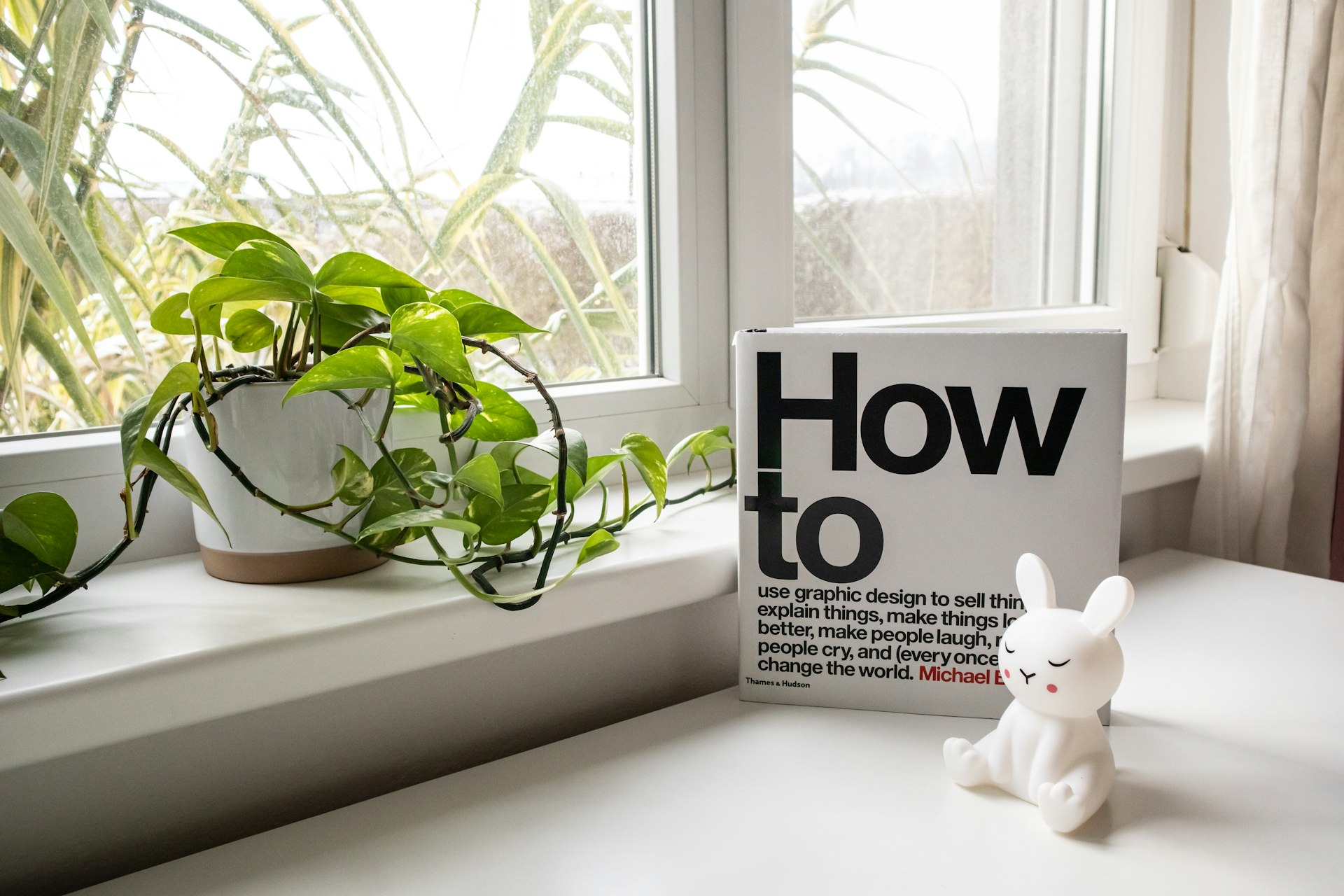Unlock Your Creativity: Innovative Bullet Journal Layouts for Personal Growth

Photo by JESHOOTS.COM on Unsplash
Introduction to Creative Bullet Journaling Layouts
Bullet journaling has evolved from a simple organizational tool into a dynamic platform for creativity, reflection, and personal growth. Whether you’re a seasoned journaler or a complete beginner, exploring creative bullet journaling layouts can help you transform everyday planning into a source of inspiration and motivation. This guide provides actionable steps, verified techniques, and real-world examples to help you build a bullet journal that fits your lifestyle and goals.
Understanding Core Bullet Journal Layouts
At its foundation, a bullet journal serves as a customizable system for tracking tasks, events, and thoughts. The most common layouts include:
- Future Log: A spread for upcoming events and deadlines, allowing regular review and integration into daily planning [1] .
- Monthly Spread: Offers an at-a-glance view of your month, enabling efficient management of commitments and smooth transitions between months [1] .
- Weekly Spread: Breaks the month into actionable daily tasks, helping reduce overwhelm and maintain focus on ongoing goals [1] .
Starting with these layouts builds a solid foundation. Each can be adapted with creative embellishments, color-coding, or thematic designs to fit your preferences.
Innovative Layout Ideas and How to Implement Them
Innovative layouts elevate the bullet journaling experience by making it both functional and visually engaging. Consider these actionable approaches:
1. Minimalist Daily Spread
For those seeking simplicity, a three-section daily layout is highly effective: split the page horizontally, then the top half vertically for ‘the day’ and ‘gratitude’, with the bottom half dedicated to ‘reflection.’ This approach requires only a journal and pen, but optional highlighters or patterned tape add hierarchy and color. This layout helps balance organization, mindfulness, and memory-keeping in just a few minutes per day [2] .
Implementation Steps:

Photo by Elena Mozhvilo on Unsplash
- Divide your page according to the three-part system.
- Use the left section for daily plans, the right for gratitude, and the bottom for reflection, notes, or quotes.
- Enhance sections with colored pens or washi tape for visual interest.
Example: Users report improved mental health and organization when combining gratitude and reflection in their daily layout [2] .
2. Themed Monthly Covers and Collections
Themes give each journal section a distinct personality. Create monthly cover pages using stickers, doodles, or collage to visually separate months and inspire fresh starts. Collections-dedicated pages for tracking habits, books, movies, or health-add depth and utility. For inspiration, explore more than 200 monthly cover ideas and theme examples curated by experts [3] .
Implementation Steps:
- Select a theme (e.g., flowers for spring, geometric shapes for autumn).
- Decorate your monthly cover page using stickers, markers, or washi tape.
- Create collection pages for habits, media, or wellness tracking.
Alternative Approach: Minimalist spreads focus on clean lines and simple icons, making setup fast and stress-free.
3. Sketchnotes and Doodles
Incorporating sketchnotes and doodles enhances memory retention and makes information more engaging. Even simple scribbles can make your journal more visually interesting and easier to process [3] .
Implementation Steps:
- Add visual elements next to key notes or tasks.
- Use doodles for mood tracking, weather logs, or to highlight important dates.
- Practice simple shapes and icons to build confidence.
Example: Many journalers find that adding doodles makes their bullet journal feel more personal and increases motivation to use it daily.
4. Pocket Pages and Interactive Elements
Transform awkward or unused pages into functional pockets to store calendars, swatch references, or grid spacing rulers. This approach improves organization and adds a tactile element to your journal setup [4] .
Implementation Steps:
- Identify a sturdy page near the journal’s start.
- Fold and tape the edges to create a pocket.
- Store flat materials such as mini-calendars, rulers, or swatch cards for easy access.
Alternative Approach: Use adhesive envelopes or clear plastic sleeves for a professional look.
Customization Through Color Coding and Embellishments
Color coding is a powerful tool for differentiating categories, tracking progress, and enhancing visual appeal. Assign unique colors to work, personal, and wellness tasks for quick reference. Experiment with borders, block letters, and washi tape to add personality without overwhelming your schedule [1] [3] .
Potential Challenges: Maintaining elaborate embellishments can be time-consuming. If you find setup tiring, prioritize layouts that balance aesthetics and simplicity. Many experienced journalers recommend starting simple and gradually adding decorative elements as routines solidify [5] .
Practical Steps to Get Started
To begin your creative bullet journaling journey, follow these steps:
- Choose a journal format-dot grid, lined, or blank.
- Decide which layouts best suit your needs (daily, weekly, monthly, themed).
- Gather basic supplies: pens, markers, washi tape, stickers (optional).
- Experiment with one new layout per week to discover what works.
- Track your progress and adjust layouts for efficiency and enjoyment.
If you seek further inspiration, search hashtags like
#bulletjournalweeklyspread
on Instagram or explore online communities for fresh ideas
[3]
.
Alternative Approaches and Personalization
No single bullet journal layout fits everyone. Some users prefer minimalist spreads for speed and clarity, while others enjoy detailed artwork and interactive features. Consider experimenting with both to find your optimal balance:
- Minimalist: Focuses on functional layouts with limited decoration.
- Artistic: Incorporates elaborate drawings, themed pages, and color schemes.
- Hybrid: Mixes simple task lists with periodic creative embellishments.
Remember, the best bullet journal is the one you’ll actually use. Adapt layouts and embellishments according to your schedule, mood, and goals.
Accessing Resources and Community Support
Many established stationery brands and journaling communities offer resources and inspiration. For verified guides and ideas, visit:
- Erin Condren’s Inspiration Center for time-saving tips and creative page ideas [1] .
- Your Visual Journal for advanced layout strategies and themed inspiration [3] .
- Search YouTube for video walkthroughs of unique layouts, such as “70 Bullet Journal Ideas for Your 2025 Setup” [4] .
If you’re unsure where to start, consider joining online forums or attending local workshops hosted by stationery retailers or creative clubs.
Summary and Key Takeaways
Creative bullet journaling layouts offer endless opportunities for organization and self-expression. By mixing foundational elements with innovative designs-such as pockets, themes, color coding, and sketches-you can build a journaling system that is both efficient and inspiring. Start simple, experiment often, and connect with the broader journaling community for ongoing support and new ideas.
References
- [1] Erin Condren (2020). 25 Creative Bullet Journal Page Ideas.
- [2] Owl Paper (2023). Favorite Daily Bullet Journal Layout Insanely Simple.
- [3] Your Visual Journal (2024). Bullet Journal Ideas for 2025.
- [4] YouTube (2024). 70 Bullet Journal Ideas for Your 2025 Setup.
- [5] The Lazy Genius (2025). How to Bullet Journal: The Absolute Ultimate Guide.



